Real Chinese Food Recap Posted by sasha on Jun 2, 2016 in Uncategorized
Over the past few months, I’ve been introducing real Chinese food here on the blog. It should come as no surprise that the Panda Express or New Dynasty Buffet in your neighborhood isn’t exactly cooking up authentic Chinese cuisine, but rather a westernized version of it. Not everyone has the opportunity to actually travel to the Middle Kingdom in person to taste the real deal, but you can at least learn about it! Here’s a recap of the entire series with a little description of each post. Each heading is a link to the original post:
Breakfast
Breakfast in China tends to be small, simple, and hot. In the crowded and busy mega-cities of China, people usually grab something from a street vendor on their way to work. Learn more about how China does breakfast in this post, as well as vocabulary for 12 common breakfast dishes, including my personal favorite – a Chinese crepe (煎饼 – jiān bǐng). See how they’re made in this short video:
Lunch
As I explain in this post, lunch will usually include at least one of what I call the “tri-fecta of Chinese staple foods” – noodles (面 – miàn), rice (米饭 – mǐ fàn), or dumplings (饺子 – jiǎo zi). How and where you eat your lunch really depends on your status in China – common people tend to stick to cheap and easy hole-in-the-wall joints or street vendors, while those with the time and means prefer a long, elaborate, and extremely filling meal at lunch. I’m a huge fan of the donkey meat sandwich (驴肉火烧 – lǘ ròu huǒ shāo). It sounds weird, but it’s amazing. Check it out in this video:
Dinner
Dinner tends to be quite the occasion in China, whether it’s at home or in a restaurant. Should you find yourself invited to a Chinese dinner table, make sure you come hungry! Chances are you’ll be served a wide variety of dishes and encouraged to eat far more than is humanly possible. Of course, the kind of food on the table very much depends on the region. If you ask me, it’s hard to beat the Peking roast duck (北京烤鸭 – běi jīng kǎo yā) dining experience. See what it looks like from one of the capital’s most famous restaurants:
Snacks
Chinese people love to eat – plain and simple. Whether they’re sitting on a train, relaxing in the park, or hiking up a mountain, there’s a good chance they’ve got a large bag of snacks (小吃 – xiǎo chī) in tow. Learn about 20 common Chinese snack foods and practice your language skills by answering a few questions in this post.
Drinks
As you may have guessed, the most popular drink in China is without a doubt tea (茶 – chá). It’s such an important part of the culture, in fact, that most people carry around a tea bottle with them at all times and you can find hot water dispensers just about everywhere. There’s more to drink in China than just tea, though. Read about how to order coffee, the exploding craft beer scene, and more in this post. You can also learn 20 Chinese words for drinks in this short video:
Dessert
After all that eating it’s doubtful you’ll have room for more, but we can’t leave without talking about Chinese desserts (甜点 – tián diǎn). Learn all about five of the most popular desserts in China in this post, including tanghulu (糖葫芦 – táng hú lu). Pictured above, this is a candied stick of fruit, and can be found all over the country.

Build vocabulary, practice pronunciation, and more with Transparent Language Online. Available anytime, anywhere, on any device.
About the Author: sasha
Sasha is an English teacher, writer, photographer, and videographer from the great state of Michigan. Upon graduating from Michigan State University, he moved to China and spent 5+ years living, working, studying, and traveling there. He also studied Indonesian Language & Culture in Bali for a year. He and his wife run the travel blog Grateful Gypsies, and they're currently trying the digital nomad lifestyle across Latin America.



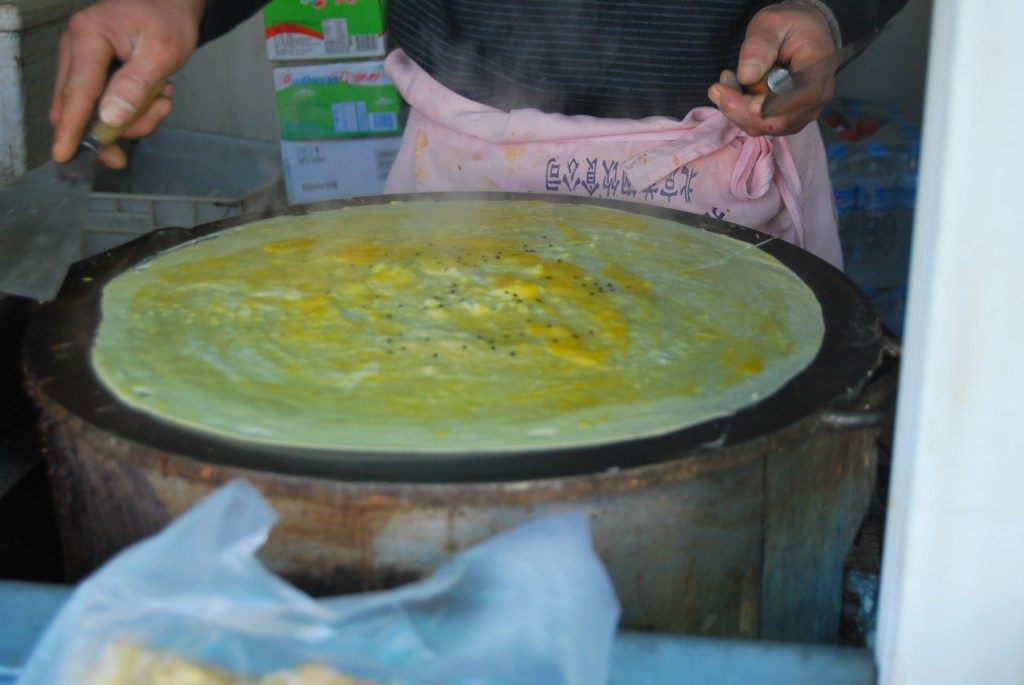
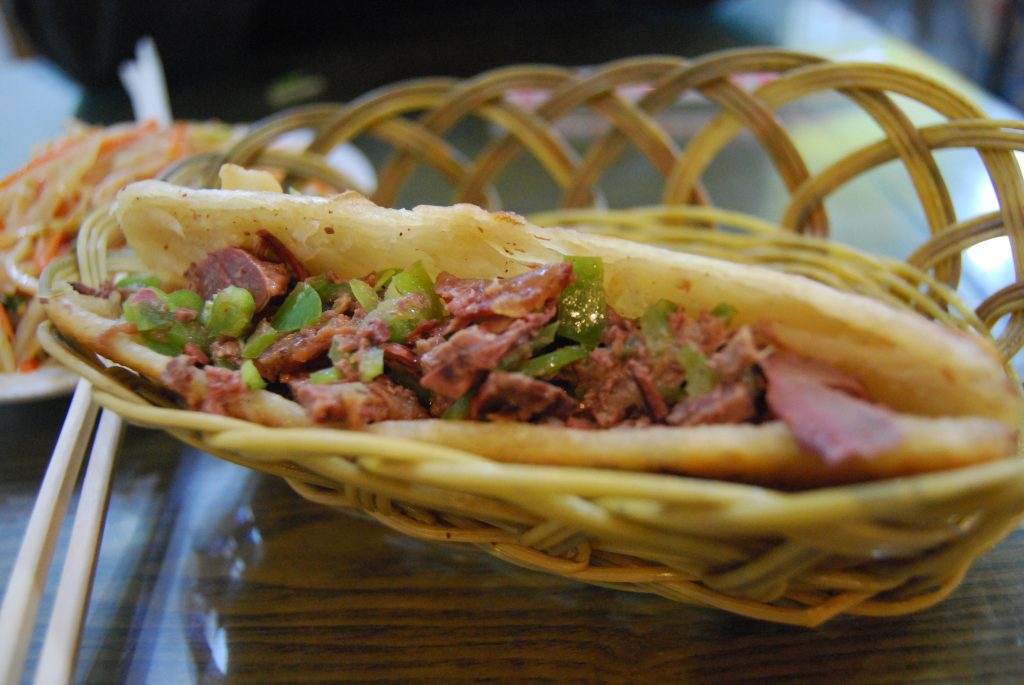
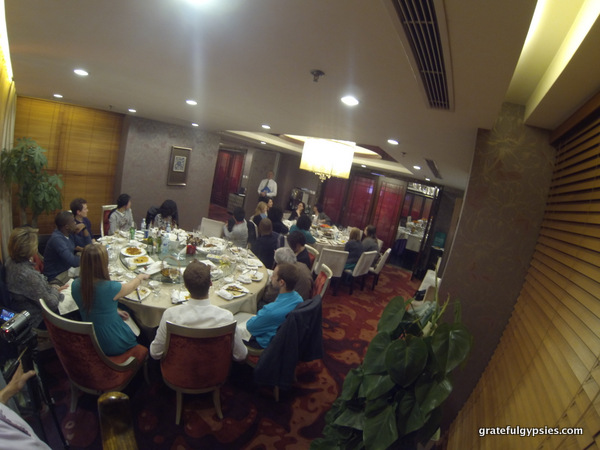
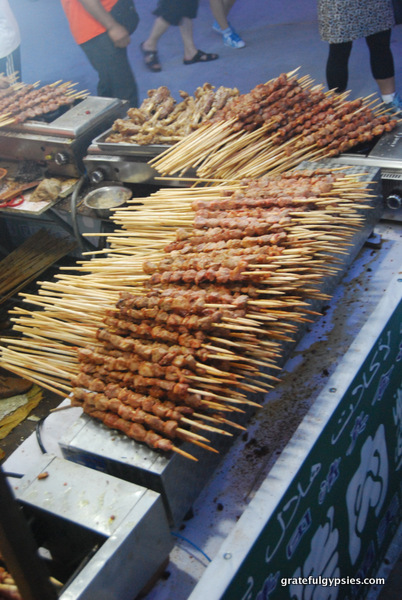

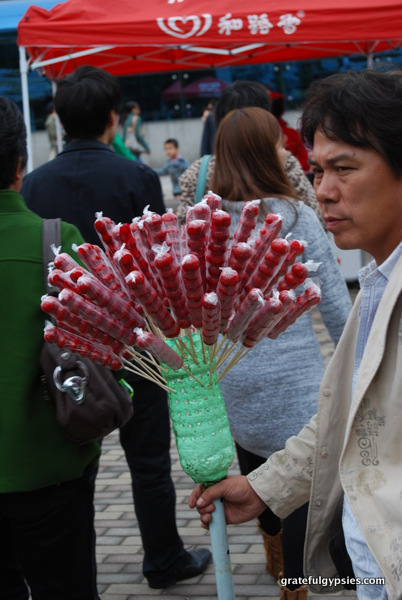

Leave a comment: